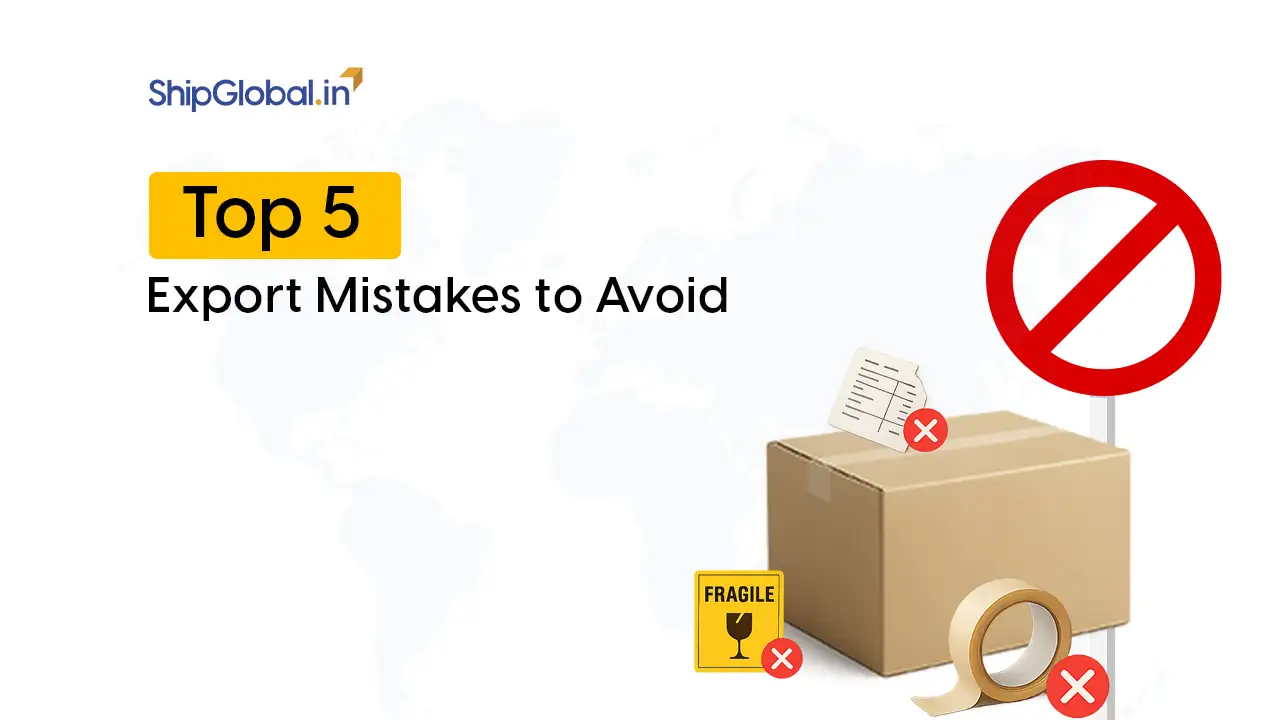In the fast-paced world of e-commerce and logistics, “last mile delivery” has become the talk of the town. It’s that final stretch of the delivery journey, from the local distribution hub to the customer’s doorstep. Simple in concept, but a major challenge in execution.
Why? Because customers expect lightning-fast delivery, businesses want to cut costs, and the planet is begging us to be sustainable. So, how do we balance all three — speed, cost, and sustainability — without tipping the scales?
Let’s break it down and explore how last mile delivery works, why it’s so tricky, and what businesses can do to find the right balance.
What is Last Mile Delivery
Imagine ordering a new phone online. It gets packed in a warehouse, shipped across the country (or the globe), and finally arrives in your city. That final hop — from the local sorting center to your home — is the last mile. It may be just a few kilometers, but it’s often the most expensive and complicated part of the whole delivery process.
That’s because last mile delivery deals with unpredictable factors like traffic, weather, road conditions, and delivery windows. And with more customers ordering from home and expecting next-day (or even same-day) delivery, the pressure is on.
Why it Matters
- Customer Satisfaction: Fast and accurate delivery increases brand loyalty.
- Cost-Efficiency: More than 50% of total shipping costs are attributed to last mile delivery.
- Sustainability Concerns: Growing emphasis on eco-friendly delivery models impacts logistics decisions.
The Three Forces Shaping Last Mile Delivery
Let’s take a closer look at the big three: speed, cost, and sustainability.
1. Speed: The Need for Instant Gratification
We live in the era of “I want it now.” Amazon Prime, food delivery apps, and express shipping have made fast delivery the norm.
According to a study by PwC, nearly 88% of consumers are willing to pay more for same-day or faster delivery. That’s great news for sales, but not so great for logistics teams trying to keep up.
To meet these demands, companies use local fulfillment centers, real-time tracking, and even gig economy drivers. It works but it can be expensive and sometimes inefficient.
2. Cost: The Hidden Expense of Convenience
Here’s the hard truth: last mile delivery accounts for over 50% of total shipping costs. Think about that, more than half the cost of getting a product to your door happens in the last few kilometers.
Why is it so costly?
- Multiple stops for individual packages
- Failed deliveries or missed time slots
- Customer expectations for free shipping
- Returns and reverse logistics
Balancing cost is especially hard for small businesses or startups. If they absorb the cost, profits shrink. If they pass it to customers, conversions might drop.
3. Sustainability: Delivering Without Destroying the Planet
With delivery vehicles adding to urban congestion and emissions, last mile delivery has a big environmental footprint.
According to the World Economic Forum, if we do nothing, emissions from delivery traffic could increase by 32% by 2030 in the top 100 cities worldwide.
That’s why there’s a growing focus on eco-friendly alternatives like electric vehicles (EVs), bicycle couriers, and consolidated delivery points. But again, going green can be costly, at least initially.
So, how do businesses manage these three competing priorities?
The Balancing Act: Finding the Sweet Spot
There’s no one-size-fits-all solution, but here are some top strategies for optimizing last-mile delivery routes.
1. Smart Routing and AI-Powered Logistics
One of the best ways to save time and reduce emissions is through smart route planning. AI-powered logistics platforms can:
- Calculate the fastest routes based on real-time traffic
- Cluster deliveries to nearby areas
- Avoid roadblocks and weather delays
This reduces delivery time and fuel consumption — a win for both speed and sustainability.
2. Micro-Fulfillment Centers
Big warehouses on the outskirts of cities can slow things down. Micro-fulfillment centers (MFCs), located within cities, allow companies to store high-demand items closer to customers.
Think of them as mini-warehouses in urban areas. They may cost more to set up, but they:
- Speed up delivery
- Reduce travel distance
- Improve inventory management
Amazon, Flipkart, and other major players are already investing heavily in this model.
3. Crowdsourced and Gig Economy Drivers
Using gig economy platforms for delivery (like Dunzo, Uber, or Swiggy Genie) helps cover more ground quickly, especially during peak hours.
Pros:
- Flexible labor force
- Faster delivery during demand spikes
Cons:
- Less control over quality and consistency
- Challenges in managing brand experience
Still, for hyperlocal deliveries, this model can be incredibly effective.
4. Real-Time Tracking
Tech-enabled transparency reassures customers and aids logistics planning. For example, real-time tracking builds trust and reduces “where is my order?” calls.
Its benefits include:
- Fewer customer service queries
- Increased customer satisfaction
- Smarter routing
In short, real-time tracking keeps everyone in the loop and helps avoid unnecessary hiccups — a win-win for speed and efficiency.
5. Green Delivery Options
Sustainability is no longer optional — it’s a competitive advantage. Here are some eco-friendly choices:
- Electric vehicles (EVs): Lower emissions, but higher upfront costs.
- Cycle and foot deliveries: Ideal for dense urban areas with short distances.
- Consolidated deliveries: Delivering all packages for a neighborhood in one go.
In India, companies like BluSmart and eBikeGo are introducing EVs in last-mile logistics, making green delivery more accessible.
6. Transparent Communication with Customers
Sometimes the solution is simpler than it looks. Just being honest with customers about delivery timelines and offering choices can ease pressure.
For example:
- “Choose same-day delivery (extra ₹50)” vs.
- “Get it in 2 days (free, eco-friendly option)”
When customers feel in control, they’re more likely to pick slower and greener options.
The Role of Technology in Last Mile Optimization
Digital tools are revolutionizing last mile delivery. Here are a few innovations making a real impact:
- Blockchain Integration: For real-time, tamper-proof delivery verification.
- Predictive Analytics: Forecasts demand and optimizes resource allocation.
- Drones and Autonomous Vehicles: Still experimental, but promising for rural and remote deliveries. Pilot programs using autonomous vehicles and delivery bots promise future scalability with reduced human costs and enhanced sustainability.
- Sustainable Subscription Models: Incentivizing eco-delivery for subscribers.
The future of last mile is tech-driven and that’s good news for businesses and customers alike.
Challenges That Still Remain
Despite all the advancements, last mile delivery is far from perfect. Some key challenges include:
- Urban Congestion: Even the smartest route can’t always beat traffic jams. Urban deliver challenges demand innovations and improved logistics solutions.
- High Delivery Failures: Especially in remote or gated communities.
- Returns and Reverse Logistics: Managing returns efficiently is often costlier than deliveries.
- Workforce Management: Finding and retaining reliable delivery personnel is tough.
Tackling these issues requires continued innovation, partnerships, and investment.
Final Thoughts: Striking the Right Balance
Last mile delivery sits at the crossroads of customer satisfaction, business profitability, and environmental responsibility. Getting it right means:
- Embracing smart technology
- Offering flexible delivery options
- Investing in sustainable infrastructure
- And most importantly, listening to your customers
The goal isn’t to be the fastest or the cheapest at all costs. It’s about delivering value, in every sense of the word.
As more consumers demand fast yet eco-friendly delivery, and as governments tighten regulations around emissions and urban traffic, businesses must evolve. Those that find the sweet spot between speed, cost, and sustainability will lead the future of logistics.
FAQs
Last mile delivery refers to the final step in the delivery process — when a package is transported from a local hub to the customer’s doorstep.
Timely, accurate, and flexible delivery enhances trust and repeat purchases, directly impacting customer satisfaction and retention.
Electric vehicles, cargo bikes, consolidated delivery hubs, and recyclable packaging are viable sustainable alternatives.
Yes. Partnering with 3PL providers and using shared delivery services help keep costs manageable while going green.
Not necessarily. Many customers appreciate options. Offering a choice between fast (paid) delivery and slower (free or eco-friendly) delivery can improve satisfaction and reduce pressure on logistics.
Technology helps with route optimization, real-time tracking and status update, predictive analytics, and even drone-based deliveries in some cases.







